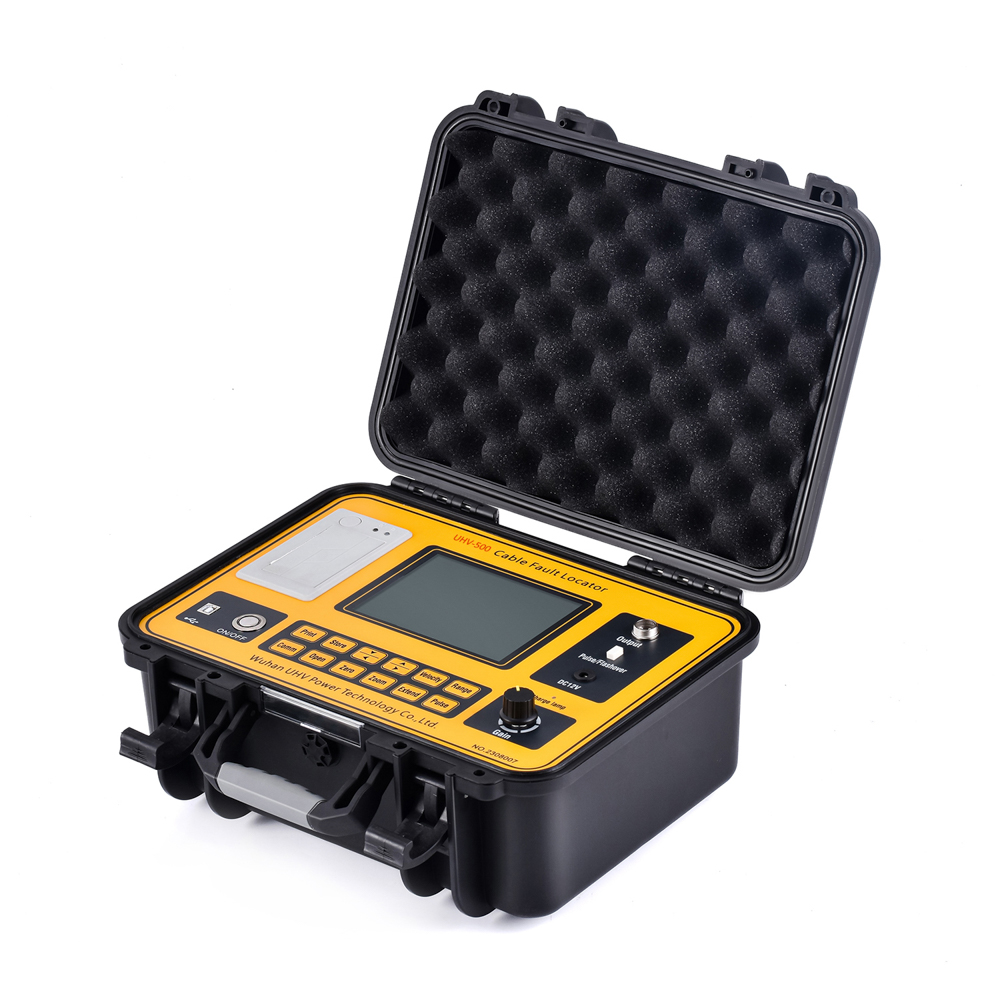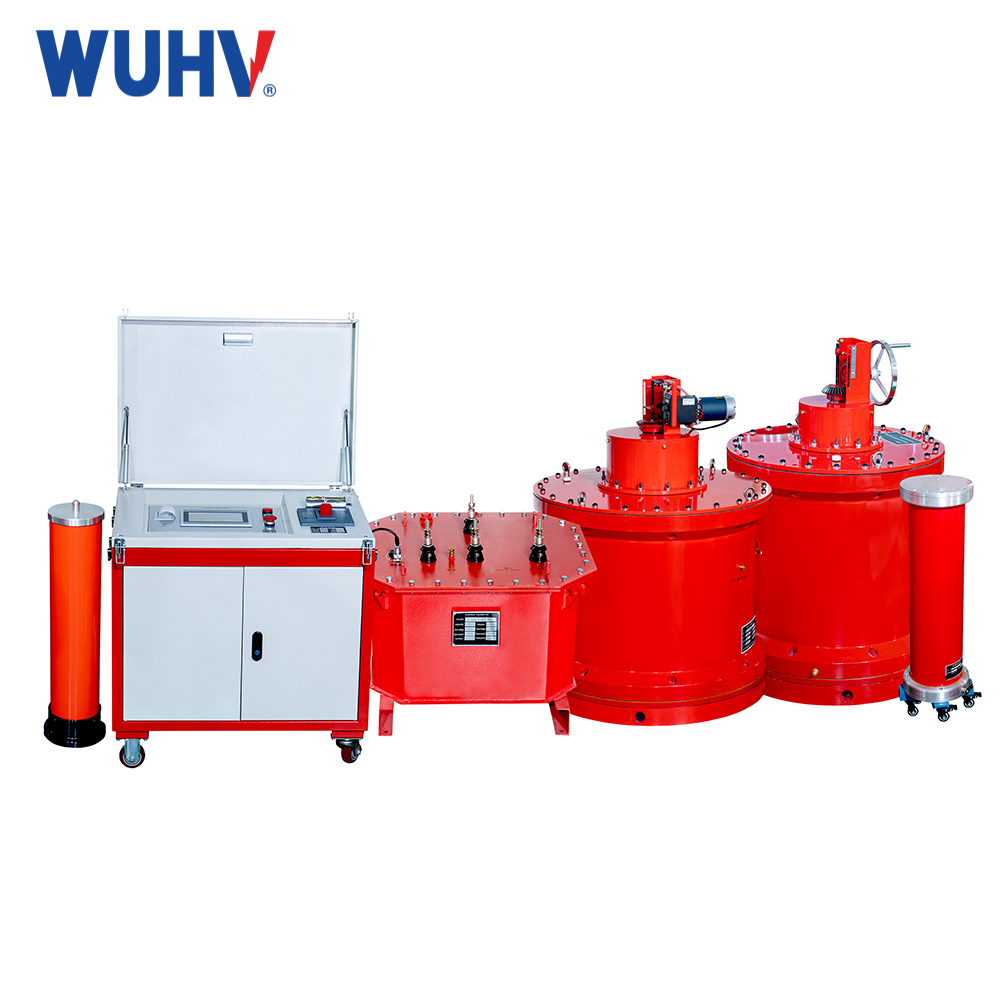The cable fault tester under UHV power can help many power workers conduct various power tests more conveniently.

Cable fault tester is a commonly used cable fault detection equipment, which is used for various cable fault detection. Its stable performance and accurate detection make cable fault detection work more comprehensive. The work efficiency of the testing personnel has greatly improved. Today we will mainly explore the composition of a live cable fault tester.
The testing composition of cable fault tester:
1、 The live cable fault tester consists of the following components:
1. Instrument host: Cable fault flashover tester, abbreviated as flashover tester. Cable path testing signal source, abbreviated as path tester. Cable fault fixed-point/path meter receiver, abbreviated as fixed-point instrument.
2. High voltage accessory: High voltage pulse capacitor. A dual-purpose AC/DC high-voltage testing transformer. High voltage test transformer operation box.
2、 The testing functions of the cable fault tester mainly include:
1. Purpose: Suitable for low resistance fault testing, short circuit fault testing, open circuit fault testing, high resistance leakage fault testing, and high resistance flashover fault testing of power cables with different cross-sections and media, high-frequency coaxial cables, municipal cables, streetlight cables, buried wires, etc. Specifically, there are several types:
(1) Testeable cables are equivalent in voltage: there are low voltage cables and high voltage cables.
(2) Testeable cables are classified by usage type as follows: power transmission cables; Control cable; Street light cable.
(3) Testeable cables are classified according to their laying methods: direct buried cables, cables laid in cable trenches, overhead cables, and two or more parallel buried low-voltage wires.
(4) Testeable cables are classified by fault type as: short circuit fault; Phase failure; Low resistance fault; High resistance leakage fault; High impedance flashover fault, detailed explanation after fault classification.
(5) If there is a cable identifier, we can find the cable we are looking for from multiple cables buried in the cable trench, which is the cable identifier.
(6) Fault testing and cable identification are both aimed at testing power off cables, and live running cables cannot undergo fault testing.
3、 Introduction to the testing principle of cable fault tester:
1. The instrument host is a main unit used for cable fault testing.
2. A rough distance measuring instrument for cable faults can measure the approximate distance from the fault point to the cable testing end face.
3. Lightning meters can measure cable length and electromagnetic wave propagation speed inside cables. The testing principle of a lightning meter is radar reflection method, also known as pulse reflection method. Lightning meter single end testing distance: ≤ 15km. The shortest testing distance (blind spot) for lightning meters is 15-20 meters.
4. Measurement error of cable fault tester: rough measurement error ± 1%, system (point) error ± 0.2m. In short, after accurately identifying the fault point, digging a hole can reveal the fault point.
5. The principle of using a cable fault detector to locate cable paths is to add electromagnetic wave signals to the tested cable and receive the signals through a fixed-point instrument. Determine the burial location of the cable by utilizing the minimum characteristic of receiving electromagnetic signals on the ground directly above the cable.



















